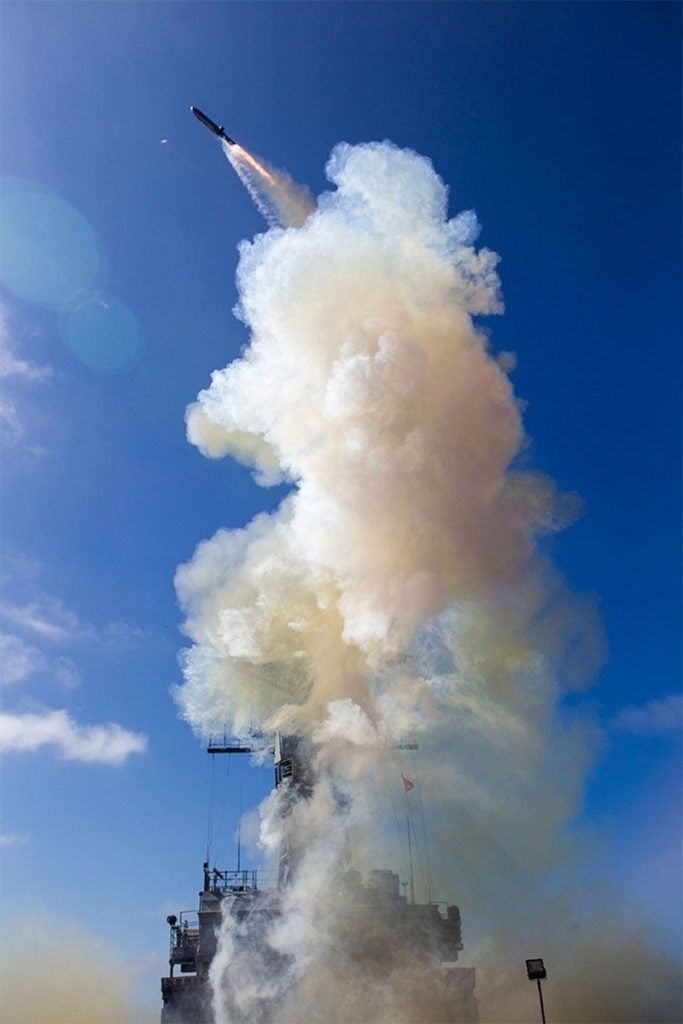
US Naval Air Systems Command (NAVAIR) are pursuing a new Long Range Anti-Ship Missile (LRASM) variant with the intention of “extending range beyond the existing” AGM-158C-1 missile.
According to the prime contractor, Lockheed Martin, the LRASM can travel at supersonic speeds, reaching up to 200 nautical miles; the next-generation variant will exceed this range.

Discover B2B Marketing That Performs
Combine business intelligence and editorial excellence to reach engaged professionals across 36 leading media platforms.
In addition, this new ‘AGM-158C-3’ variant will incorporate advanced communications and survivability capabilities while supporting maritime strike missions for the US Navy.
Under a modified contract that appropriates a further $288m, Lockheed Martin will provide non-recurring engineering and material to support post-critical design review activities and test asset builds.
The DoD anticipates the completion of the project in August 2026.
What is an LRASM?
LRASM is an autonomous, precision-guided anti-ship stand-off missile developed by Lockheed Martin, the original equipment manufacturer.

US Tariffs are shifting - will you react or anticipate?
Don’t let policy changes catch you off guard. Stay proactive with real-time data and expert analysis.
By GlobalDataThis development programme was jointly initiated in 2008, by the Defense Advanced Research Projects Agency and Office of Naval Research, to penetrate more sophisticated air defence systems of enemies from long range.
LRASM production began in 2018, achieving early operating capability for the B-1B Lancer in the same year and for the F/A-18E/F in 2019. There are 120 missiles currently under contract.
The LRASM is designed to be launched by Mark 41 vertical launch systems aboard most US Navy vessels and fixed wing aircraft.
It can be fired from outside direct counter-fire ranges with maximum possibility of target hit. The missile can function as an anti-surface warfare weapon capability.

The LRASM is designed to carry a 1,000lb penetrating blast fragmentation warhead.
Its self-directed sensing, advanced signature control and dynamic response features allow the missile to approach targets, while defeating air defence systems.
The LRASM is equipped with a multimodal radio-frequency sensor suite for detecting targets. It includes a weapon data link for better communication with operators, and an improved digital anti-jam global positioning system to discover and destruct multiple specific targets.
An electro-optical seeker installed in the missile provides positive object recognition and accurate targeting during the terminal phase of flight.





